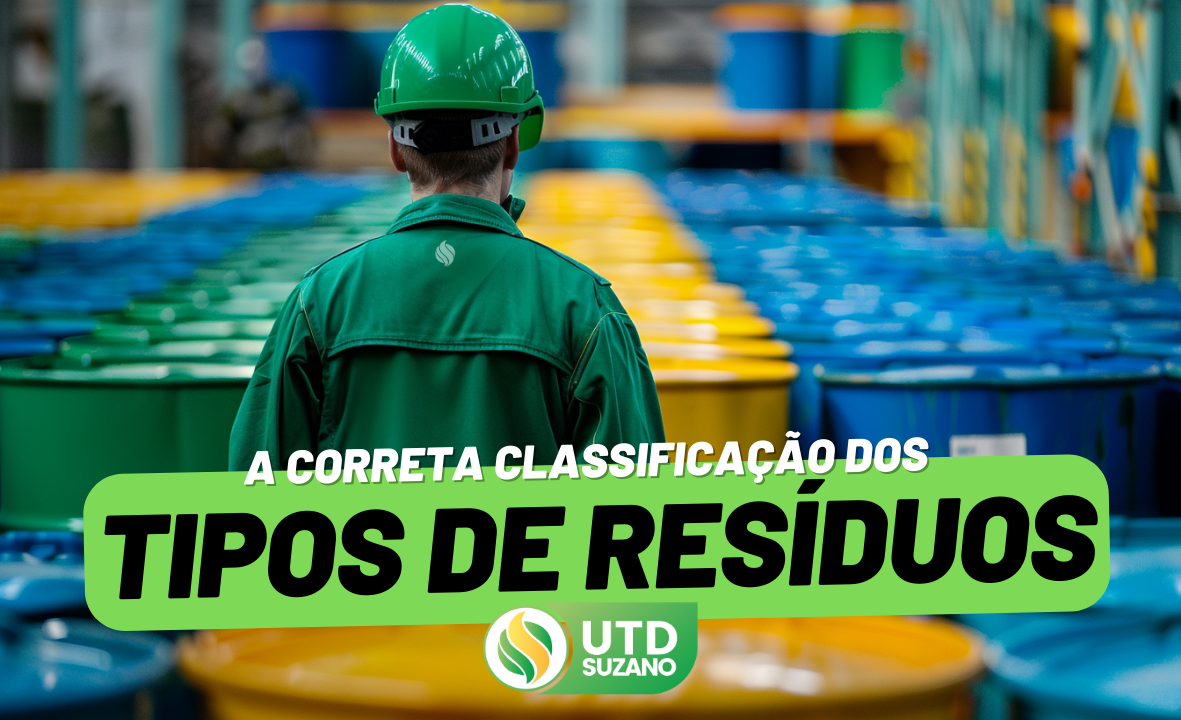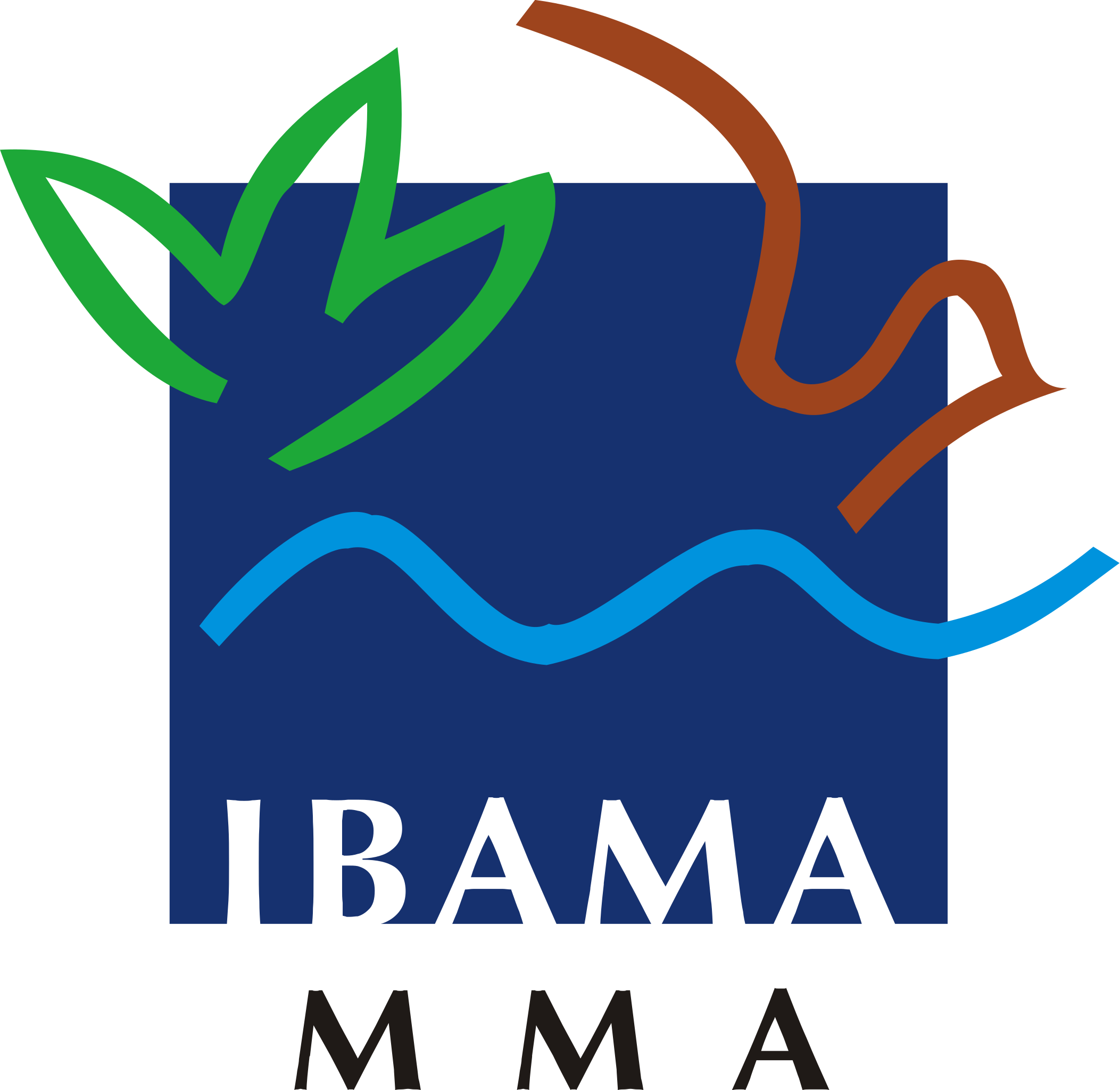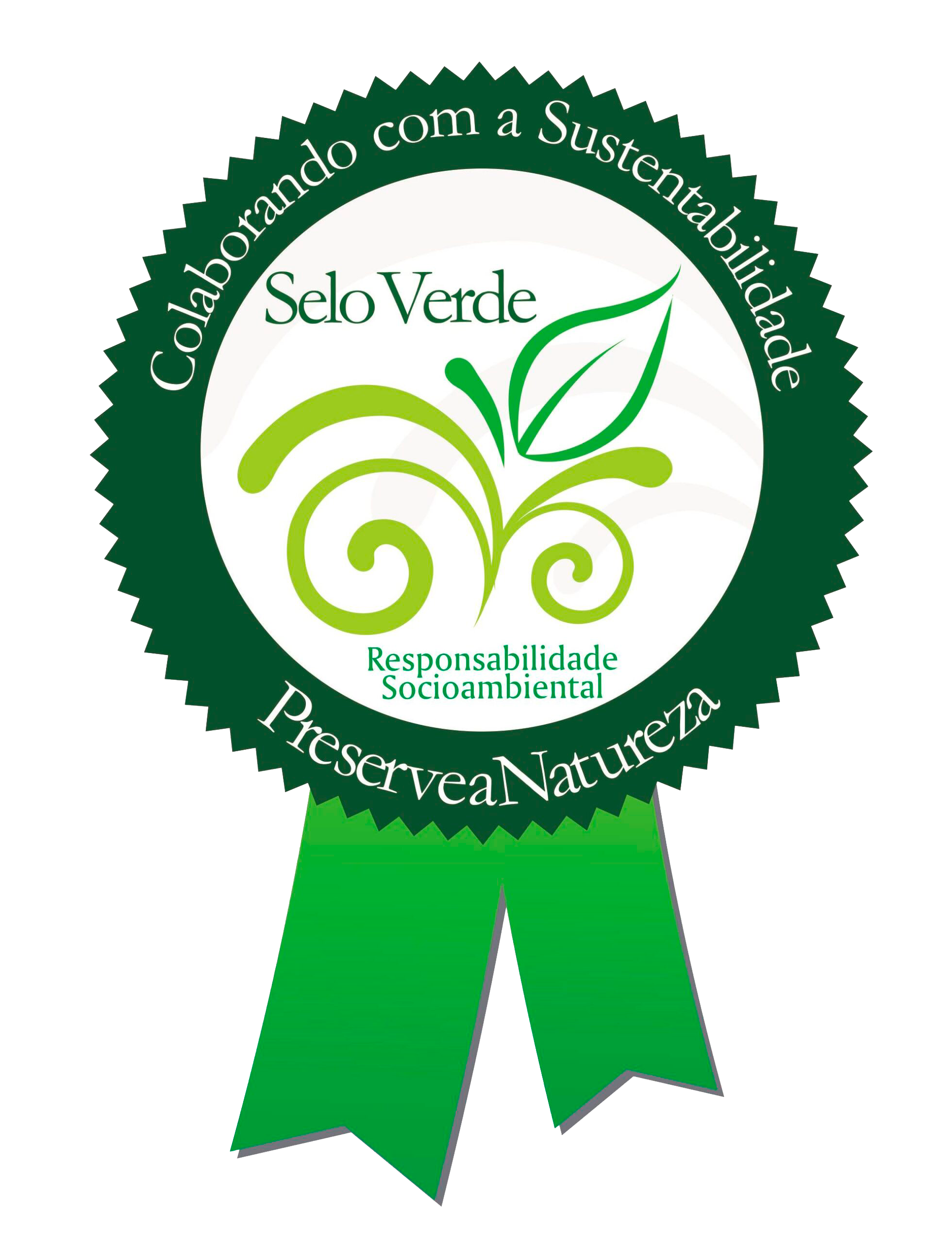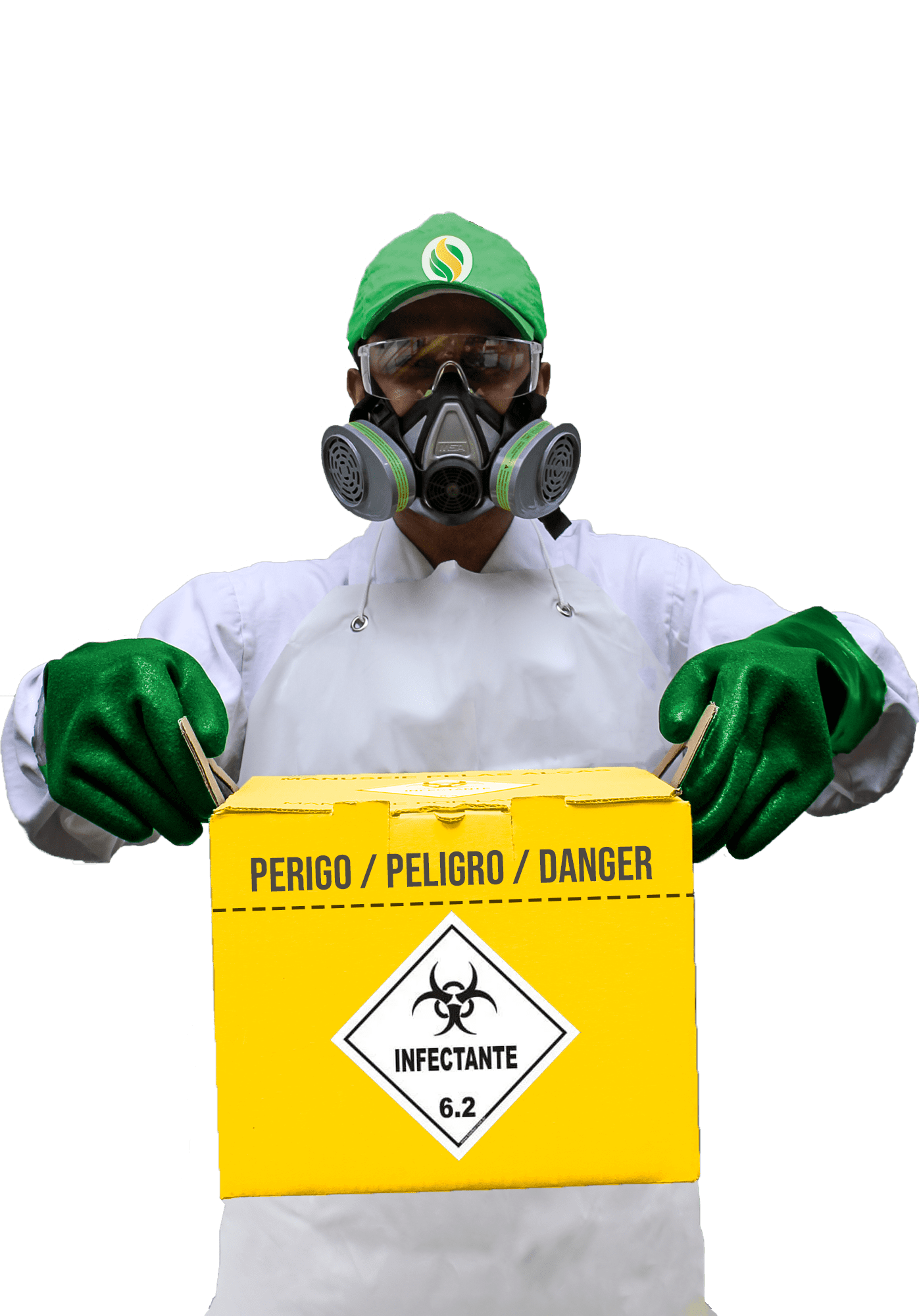In Brazil, the correct waste classification is essential for public health, environmental preservation, and the efficiency of recycling and treatment processes. The National Health Surveillance Agency (Anvisa), through RDC 222/2018, establishes clear guidelines for waste management, subdividing it into five main groups. This classification facilitates proper and safe waste handling, ensuring each type receives the necessary treatment to minimize health and environmental risks.

Group A: Waste with Potential Biological Contamination
Group A encompasses waste that poses a risk of biological contamination because it contains biological agents that can cause infections. This group is subdivided into:
A1: Waste from clinical analysis laboratories, vaccination services, research centers, morgues, and others.
A2: Carcasses, anatomical parts, and other waste from teaching and research activities that have not undergone preservation processes.
A3: Anatomical parts and animal waste, contaminated or suspected of contamination.
A4: Waste from isolation areas of patients with transmissible diseases.
A5: Organs, tissues, organic fluids, among others, from blood banks, blood centers, and genetic laboratories.

Group B: Hazardous Chemical Waste
Group B waste contains hazardous chemical substances that can pose risks to public health and the environment. They include:
B1: Expired, contaminated, or interdicted medications and pharmaceutical supplies.
B2: Expired or unused hygiene and cosmetic products.
B3: Disinfection and sterilization products, such as disinfectants, solvents, and chemical reagents.
B4: Waste resulting from industrial activities, such as paints, varnishes, oils, and greases.

Group C: Radioactive Waste
Group C consists of waste containing radionuclides in quantities exceeding disposal limits defined by the National Nuclear Energy Commission (CNEN). Examples include:
C1: Materials from nuclear medicine, radiotherapy services, and research laboratories using radioisotopes.
C2: Industrial radiography equipment and diagnostic devices using ionizing radiation.
C3: Byproducts from nuclear reactors and radioisotope production facilities.

Group D: Common Waste
Group D waste does not present biological, chemical, or radiological risks. They are similar to household waste and include:
D1: Paper, cardboard, plastic, glass, metal, and other recyclable materials.
D2: Food scraps, garden trimmings, sweeping waste, and other organic waste.
D3: Inert materials, such as construction debris, demolition waste, and others.

Group E: Sharps Waste
Group E consists of objects and instruments that can puncture or cut (sharps), such as:
E1: Needles, scalpel blades, glass ampoules, razor blades, lancets, and similar items.
Appropriate Treatment for Each Type of Waste
Each waste group requires specific treatment to ensure safety and environmental sustainability. Group A waste should be treated by methods such as incineration or autoclaving. Group B waste needs chemical neutralization before disposal. Group C waste requires safe storage and isolation due to its radioactivity. Group D waste is directed to recycling or sanitary landfills, and Group E waste needs to be placed in rigid, puncture-resistant containers before disposal.
UTD Suzano stands out in the collection, transport, and final disposal of waste, strictly complying with all legal standards and prioritizing ecological efficiency. Its commitment to sustainability and safety contributes to a healthier environment and a more sustainable future. Contact us to learn more about our services and how we can assist in managing your waste.










